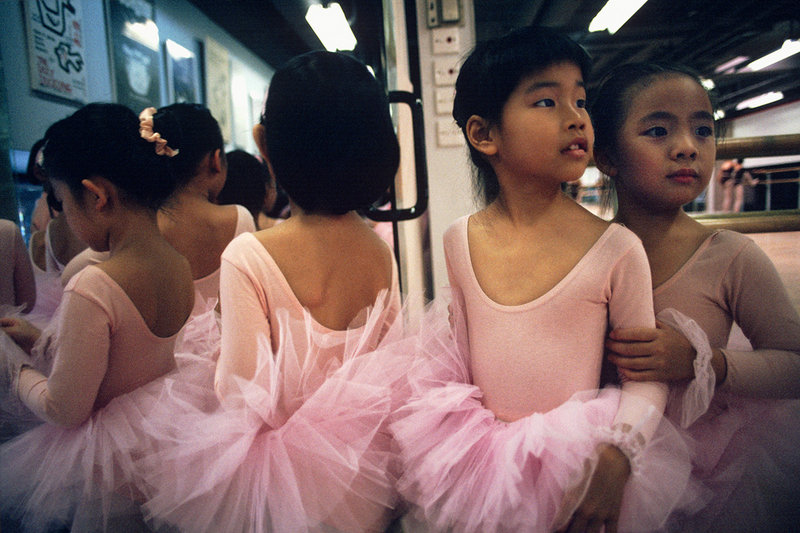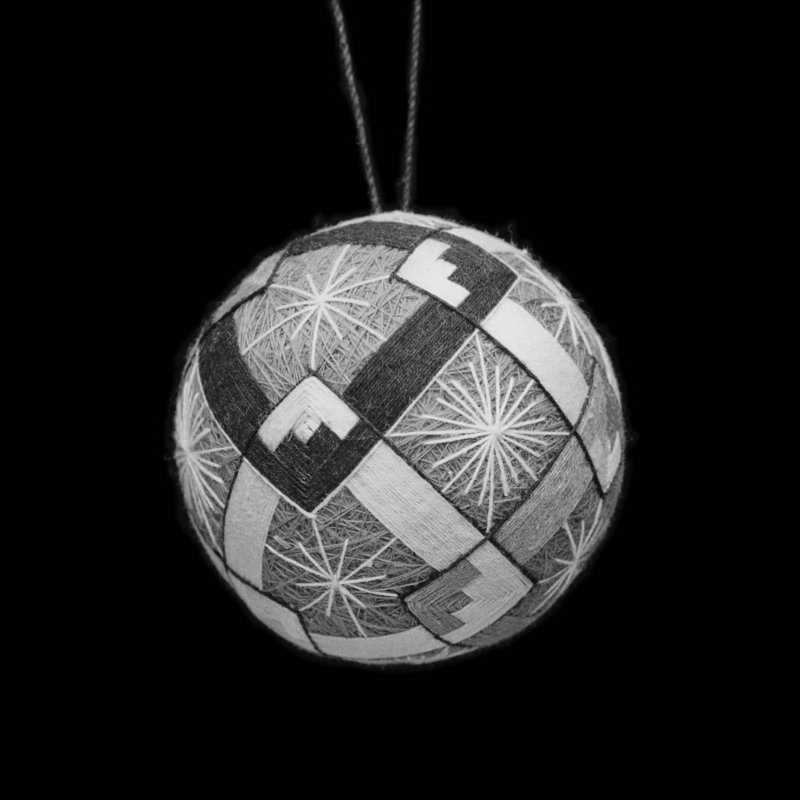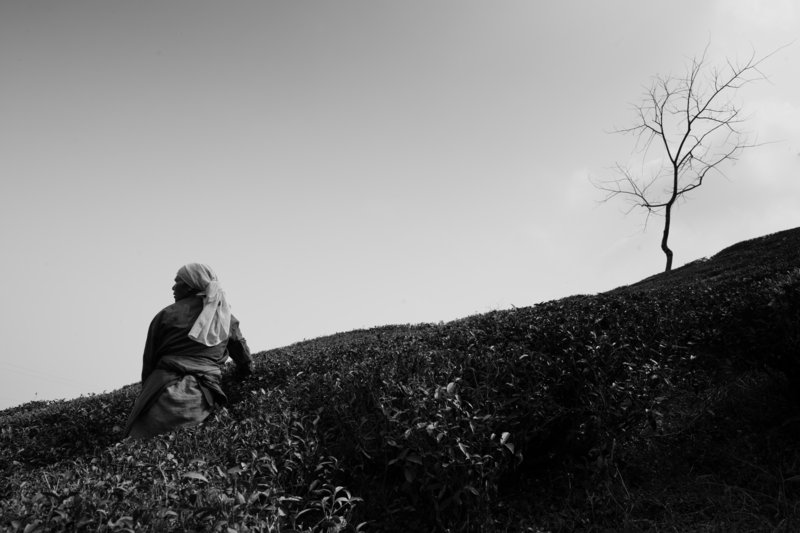At first glance, “Maine Photographers: Eyes on Asia” at the Addison Woolley Gallery in Portland might seem to have little to do with the state of arts in Maine. Casual viewers could pass it over as exotic and hardly relevant to pragmatic Mainers caught up in hard times.
But this is a show curated by the most indefatigable advocate of contemporary Maine art — Bruce Brown, curator emeritus of the Center for Maine Contemporary Art. I don’t think anyone has a better pulse on Maine photography, and Brown has once again hit the nail on the head.
“Eyes on Asia” ripples the pond with some profound insights that are just now surfacing in the mainstream consciousness of Maine’s art-viewing public.
Culture is a two-way street. This show involves the presentation of local vision, but also the awareness that Maine arts are international in scope.
The biggest problem with Maine photography is that the market has been terrible. To a certain extent, this is because collectors often shortsightedly confuse importance or excellence with current financial value. The upside for the rest of us is that Maine photography isn’t just undervalued — but underpriced.
“Eyes on Asia” reveals intense dialogues between artistic sensibilities. This has long been the important stuff of art history, and its clear presence here hints that there is much Maine photography with staying power.
When James Marshall shows us little girls in Hong Kong, for example, we see budding ballerinas backstage — pink tutus and a full dose of cultural exchange. However, we also see that Marshall cut his teeth on Edgar Degas’ breakthrough pictorial complexity.
The formal logic of the image bends U-shaped around a central, visual dividing pole, with the girls on the left walking away while the two on the right face us in classical three-quarter pose for their own striking composition.
Yet Marshall tries to hide his professionalism and Western sensibilities behind a scrim of objective, snapshot-like observation as though he were allergic to having his photos look posed. This illusion of honest, natural observation is standard fare for American magazines (and artists like Nan Goldin). It is our culture pretending to be invisible when we look at others. Despite the casual aesthetic, Marshall’s work is anything but arbitrary or accidental.
Brendan Bullock, a young and rising star, presents works that are obviously gorgeous but also surprisingly deep and complex. One of my favorite works depicts a woman in a hillside tea field in Darjeeling. Bullock finds delicious textures everywhere, yet holds them in reserve to formally support a brilliant composition.
The pyramidal figure turns away, looking out of the field of vision to the left. This gesture pushes our eyes out of the image at that point, so that we must return our gaze along the rising horizon line up towards a scraggly tree — ironically barren over the rich, leafy field — standing silent sentry, flat against a gray sky.
The sparseness of Bullock’s image confers an intensity of vision to his composition. It brings to bear an intentionality of tone and detail that reminds us that excellent traditional silver prints are often only possible through talent, work and obsessive attention to minutiae. Bullock’s other images are no less ambitious or interesting.
Brown has included himself in this show, and he acquits himself nicely. His “Halong Bay, Vietnam #1 (1.1.11)” seen from a junk is a wonderful composition and a terrific bit of tonal printing.
Prairie Stuart-Wolff’s six Japanese temari balls each warrant their own, intimate, black-backed image — which suits them perfectly. They look like high-craft fabric Christmas balls rendered in pencil by a virtuoso draftsman. As objects, they are fascinating. As images, they soar.
The other four artists are no less talented. I was particularly impressed by the spare elegance of Jon Edwards’ horizontal images of China. Barbara Goodbody’s “Village Girl” is probably the most beautiful work in the show. Corliss Chastain’s Japanese bicycle shed would have made Margaret Bourke-White jealous. And when you realize that Matthew Smollinsky was actually standing within the riot he photographed in South Korea, it’s impossible not to have a physical response.
“Eyes on Asia” is proof that Maine is an international art destination not just because we have a picturesque state but because we have so many talented, sophisticated artists. It also reminds us photography is at least as much about pictorial sensibility as anything else — not just conceptualism, critical theory or hip aesthetics.
There is excellent photography in Maine. It’s just a question of when the collectors and galleries realize that it’s here to stay, and that it’s worth supporting.
Freelance writer Daniel Kany is an art historian who lives in Cumberland. He can be contacted at:
dankany@gmail.com
Send questions/comments to the editors.





Success. Please wait for the page to reload. If the page does not reload within 5 seconds, please refresh the page.
Enter your email and password to access comments.
Hi, to comment on stories you must . This profile is in addition to your subscription and website login.
Already have a commenting profile? .
Invalid username/password.
Please check your email to confirm and complete your registration.
Only subscribers are eligible to post comments. Please subscribe or login first for digital access. Here’s why.
Use the form below to reset your password. When you've submitted your account email, we will send an email with a reset code.